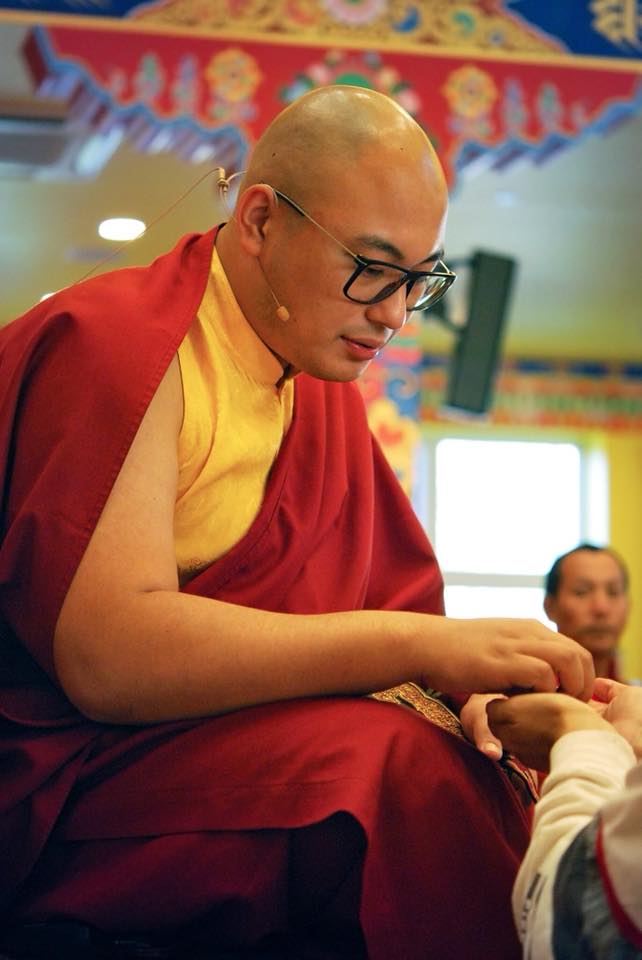The six paramitas, aka perfections, aka transcending actions, consist of five activities or methods that actually propel the boat of our precious human existence to the other shore of fully realized wisdom and compassion, aka buddhahood, when imbued with the power of the sixth paramita: the wisdom of realizing the emptiness of each of the preceding five methods. By training in the sixth paramita, we come to realize that, without negating the relative reality of all our actions, at the level of ultimate reality there is no fixed and lasting self performing the action or receiving it, nor any truly existing action taking place.
Relative and ultimate reality exist together as a seamless whole, so we need to continue to act mindfully according to the Buddhist principles of the first turning of the wheel of dharma, such as the law of karma, the eightfold path, and the first five paramitas, while also understanding them from the perspective of the second turning of the wheel, in which the Buddha taught the co-existing emptiness of all relative phenomena, that nothing we perceive can be pinned down in any permanent or fully identifiable way. Try it and see! (In the previous post on impermanence, scroll down to the heading “Contemplation” for a simple exercise.)
The five method paramitas are generosity, ethical conduct, patience, joyful perseverance, and meditation. If we engage in them, even without the transcending wisdom of realizing their ultimate emptiness, we will earn merit, dwell in the higher realms of samsara, and benefit others, and they will provide momentum toward awakening. But we won’t fully awaken until we also accomplish the sixth paramita of wisdom, recognizing that all our actions are empty of any solid, lasting reality.
More on each of the six transcending actions may be found in the drop-down menu for the 37 practices of a bodhisattva, above.
Next: the first paramita of generosity, verse 25

